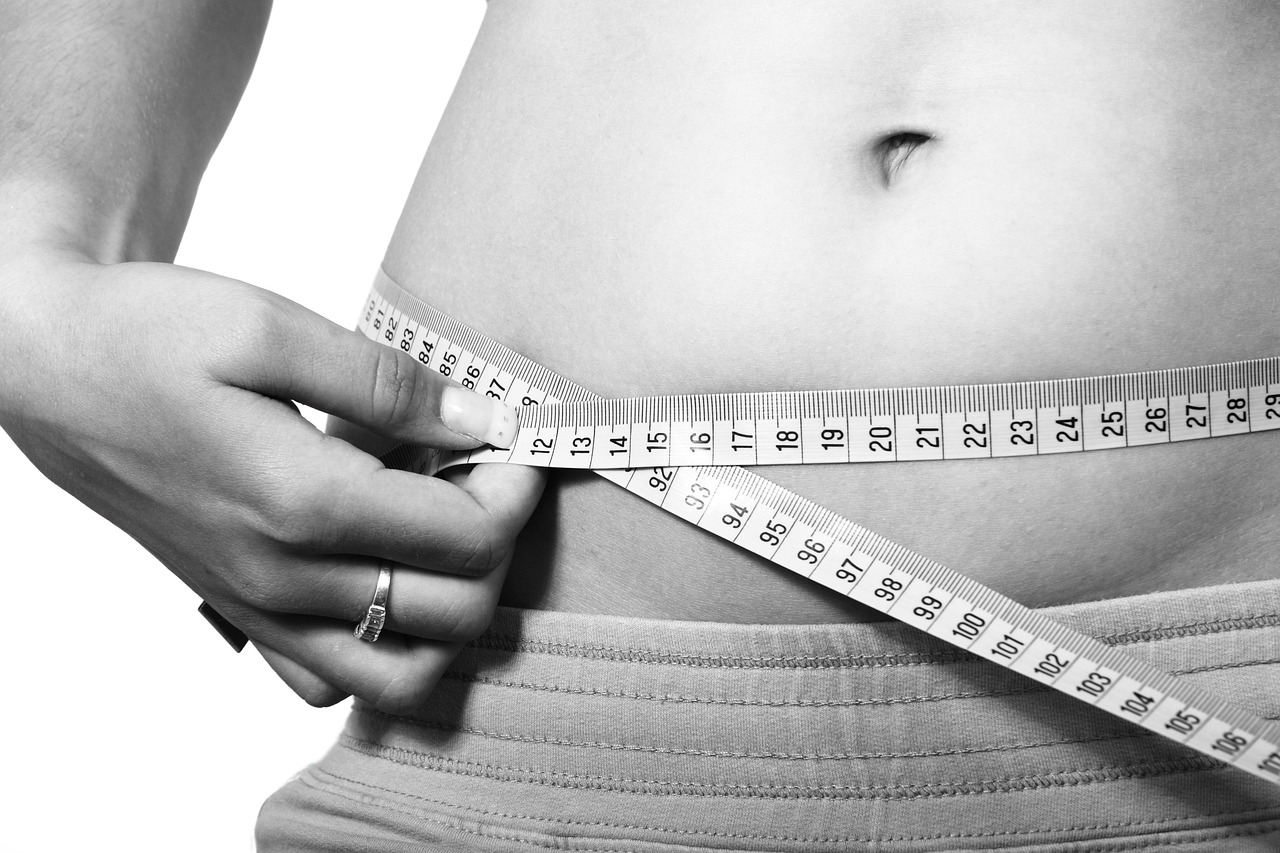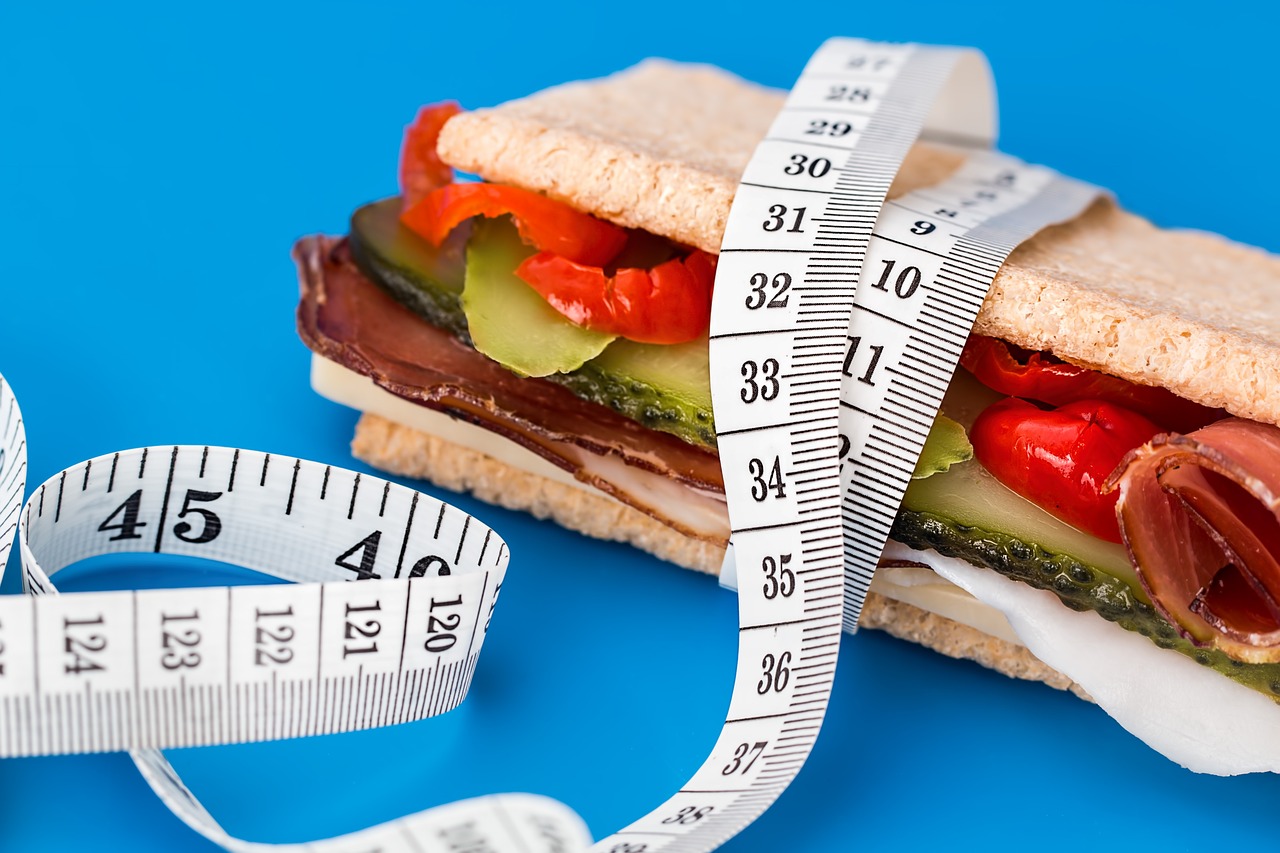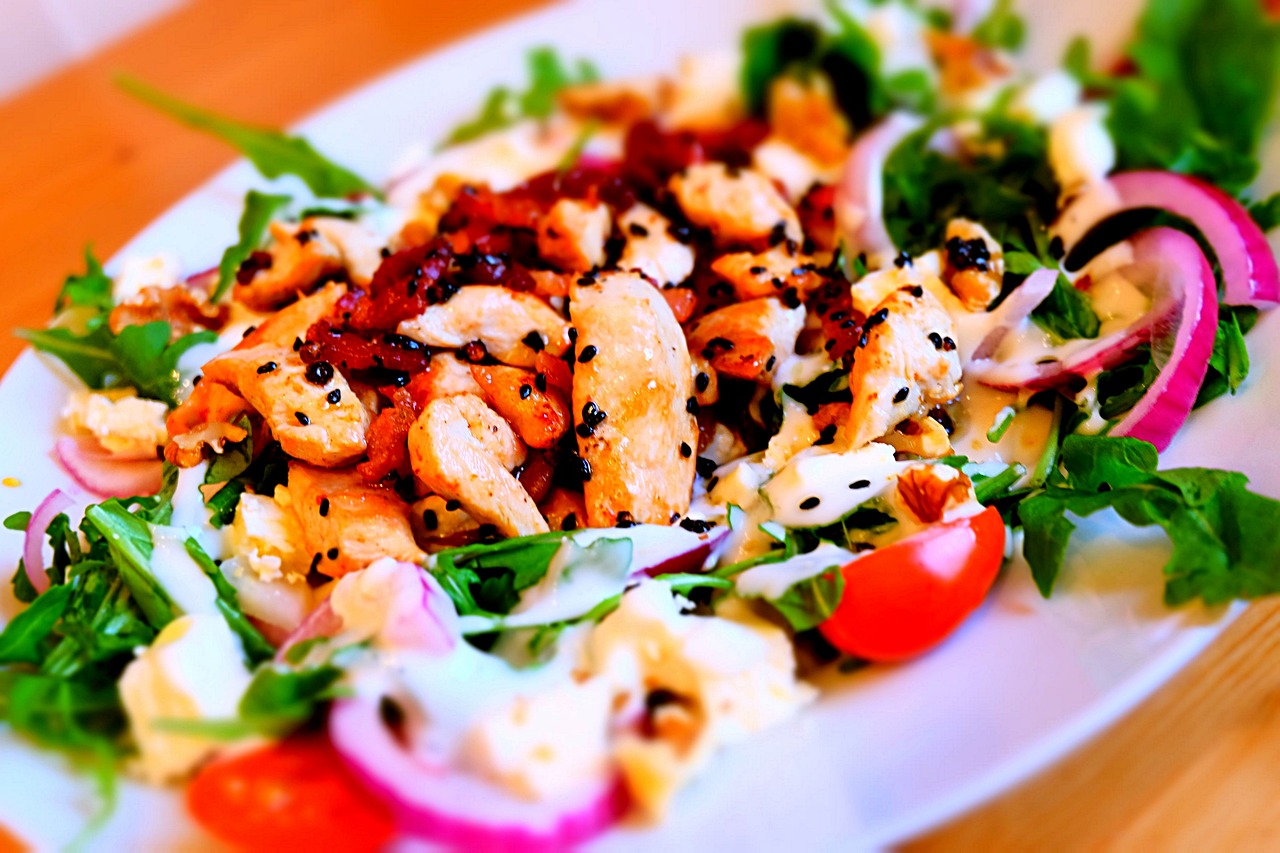Embarking on a journey toward a slimmer waistline and a healthier you can seem daunting, but with the right strategy, shedding that stubborn belly fat becomes much more achievable. In this article, “Best Tips For Burning Belly Fat,” you’ll discover the most effective methods to target and reduce visceral fat. You’ll learn about the winning combination of dietary changes, consistent exercise routines, and lifestyle adjustments that can help accelerate your progress. Embrace these practical guidelines, and you’ll be on your way to not only looking better but feeling fantastic too.

Understanding Belly Fat
Belly fat is more than just a nuisance that makes your clothes feel tight; it’s a health hazard. There are two main types of fat in your belly area, and understanding the difference is crucial for your health.
Types of Belly Fat: Subcutaneous vs Visceral
Your body carries two primary types of fat around your midsection: subcutaneous and visceral. Subcutaneous fat is the layer of fat you can pinch — it lies just beneath your skin. Visceral fat, on the other hand, is stored deeper and surrounds your internal organs. While both can be problematic, visceral fat, in particular, poses significant health risks due to its location around vital organs.
The Risks Associated with Excess Belly Fat
Excess belly fat, particularly visceral fat, is associated with a range of health risks. These include cardiovascular diseases, type 2 diabetes, insulin resistance, and even certain cancers. Moreover, belly fat can contribute to metabolic syndrome, a cluster of conditions that increase your risk of heart disease and other health issues.
How Belly Fat Affects Metabolism and Health
Belly fat, specifically visceral fat, influences the production of hormones and cytokines that can affect your body’s metabolism. This can lead to insulin resistance (a precursor to diabetes), increased LDL (bad) cholesterol levels, lower HDL (good) cholesterol levels, high blood pressure, and other metabolic changes that contribute to the development of chronic diseases.
Importance of Diet in Burning Belly Fat
Your diet plays a significant role in determining your belly fat. Let’s delve into how you can adjust your eating habits to help you slim down your waistline.
Identifying Nutrient-Dense Foods
Nutrient-dense foods are rich in vitamins, minerals, fiber, and other essential nutrients while being relatively low in calories. These include vegetables, fruits, whole grains, lean proteins, and legumes. Incorporating a variety of these foods will ensure your body is getting what it needs to function correctly and help prevent overeating.
The Role of Fiber in Fat Loss
Fiber is essential in the fight against belly fat. It helps keep you feeling full longer, which can curb overeating and snacking. Fibrous foods also often require more chewing, which can slow down your eating pace and allow your stomach to signal fullness.
Adjusting Caloric Intake for Weight Loss
A critical component of burning belly fat is ensuring you consume fewer calories than your body uses. This doesn’t mean drastically cutting your calorie intake, which can be counterproductive. Instead, aim for a moderate deficit that allows for steady, sustainable weight loss.
Importance of Meal Timing and Frequency
While the quality of your diet is paramount, meal timing and frequency can also play a role. Some evidence suggests that eating smaller, balanced meals throughout the day can keep your metabolism active and curb hunger, making it easier to avoid overeating.
Effective Dietary Changes
To target belly fat, adjusting your diet is necessary. Here are some specific changes that can help.
Cutting Down on Sugars and Refined Carbs
Sugars and refined carbs can lead to spikes in blood sugar and insulin levels, promoting fat storage, particularly around your belly. Reducing your intake of sugary drinks, candy, and white bread can have a significant effect on your waistline.
Increasing Protein Intake
Protein is pivotal for weight loss. It helps build muscle, which burns more calories at rest than fat, and it can also increase feelings of fullness. Incorporate lean protein sources, such as chicken, fish, tofu, or lentils, into your diet to help reduce belly fat.
Incorporating Healthy Fats into Your Diet
While it may seem counterintuitive, eating healthy fats can actually help you lose fat. Foods rich in omega-3 fatty acids, like salmon, avocados, and nuts, are good for your health and can keep you satiated, which in turn helps with weight management.
The Impact of Alcohol on Belly Fat
Alcohol can be a significant contributor to excess belly fat. Alcoholic drinks are often high in calories and can lead to poor food choices. Reducing your alcohol intake can help lower your calorie consumption and reduce belly fat.
Exercise for Belly Fat Reduction
Diet is essential, but exercise is another key component to losing belly fat. Let’s look at how different types of exercise can help.
Cardiovascular Exercises to Burn Calories
Regular cardiovascular exercise helps you burn calories and shed weight. Activities like brisk walking, running, cycling, or swimming should be included in your routine to help burn fat all over, including your belly.
Strength Training to Increase Muscle Mass
Muscle burns more calories than fat, even when at rest. Incorporating strength training into your routine can help build muscle mass, boosting your metabolism and aiding in the reduction of belly fat.
High-Intensity Interval Training (HIIT)
HIIT can help burn a significant number of calories in a short period and elevate your metabolism for hours after exercise. This type of workout involves short bursts of intense exercise alternated with low-intensity recovery periods.
Targeted Abdominal Exercises: Myth vs. Reality
While targeted abdominal exercises will strengthen your core, they won’t eliminate belly fat on their own. A well-rounded exercise routine, combined with dietary changes, is necessary for visible results.

The Importance of Consistency
Consistent effort over time is key to reducing belly fat. Here’s how you can stay on track.
Setting Achievable Fitness Goals
Start by setting realistic goals for yourself. These goals should be achievable and measurable, such as committing to walking a certain number of steps each day or attending three workout classes per week.
Creating a Sustainable Workout Routine
Find exercises that you enjoy and can commit to long-term. Consistency is more important than intensity when it comes to sustainable fat loss.
Tracking Progress and Adjusting as Needed
Keep a record of your progress, whether it’s through tracking your workouts or noting changes in your body measurements. If you’re not seeing the results you want, adjust your diet and exercise plan accordingly.
Incorporating Lifestyle Changes
To truly combat belly fat, you’ll need to look beyond diet and exercise and consider other lifestyle factors.
Getting Adequate Sleep for Weight Loss
Lack of sleep can disrupt hormone levels, affecting your appetite and fat storage. Aim for 7-9 hours of quality sleep per night to support weight loss efforts.
Managing Stress Levels to Combat Fat Storage
High-stress levels can lead to an increase in cortisol, a hormone associated with belly fat storage. Incorporate stress-reduction techniques such as meditation, breathing exercises, or yoga into your daily routine.
The Impact of Smoking and Other Vices on Belly Fat
Smoking and excessive use of other substances can impact your metabolism and contribute to weight gain. Quitting smoking and moderating other vices are important steps towards improving your overall health and reducing belly fat.

Hydration and Its Role in Fat Burning
Staying hydrated is fundamental in the process of burning fat.
The Benefits of Drinking Plenty of Water
Water helps maintain your metabolism, aids in digestion, and functions as an appetite suppressant. Drinking adequate amounts daily is vital in your belly fat reduction journey.
Avoiding High-Calorie Beverages
Sugary drinks can sneak in a lot of calories without making you feel full. Replace high-calorie beverages like soda and juice with water or other no-calorie drinks to help keep your calorie count in check.
The Science Behind Weight Loss Supplements
The market is full of supplements claiming to help with weight loss. But what is the reality behind these claims?
Exploring Natural Supplements
Some natural supplements may support fat loss by boosting metabolism or reducing appetite. However, they should never replace healthy eating and regular exercise.
Understanding the Efficacy and Risks
Before trying any supplement, it’s essential to research its efficacy and safety. Some can have side effects or interact with medications.
The Placebo Effect and Marketing Gimmicks
Be aware of the placebo effect and marketing gimmicks. Just because a product is popular doesn’t mean it’s effective, and personal testimonies are not a substitute for scientific evidence.
Mindful Eating for Belly Fat Loss
Mindful eating is a powerful way to combat belly fat. It’s about being aware of your eating habits and the sensations you experience when you eat.
Practicing Portion Control
Paying attention to portion sizes can help prevent overeating. Use smaller plates, check serving sizes, and be mindful of the amount of food you’re consuming.
Listening to Hunger Cues
Learn to distinguish between physical hunger and emotional cravings. Eat when you’re truly hungry and stop when you’re comfortably full.
The Benefits of Slow Eating
Eating slowly can lead to better digestion and increased feelings of fullness, reducing the likelihood of overeating. Take smaller bites, chew thoroughly, and enjoy each mouthful.
Common Pitfalls and How to Avoid Them
Lastly, let’s address some common challenges you may face and how to overcome them.
Avoiding Fad Diets
Fad diets often promise quick results but are unsustainable and can leave you feeling deprived. Stick to a balanced, nutritious diet instead.
Overcoming Weight Loss Plateaus
Weight loss plateaus are normal but frustrating. If you hit one, try mixing up your exercise routine or reassessing your calorie intake.
Avoiding Overtraining and Injury
Pushing yourself too hard can lead to overtraining and injury. Make sure to rest and recover, listen to your body, and consult a professional if needed.




